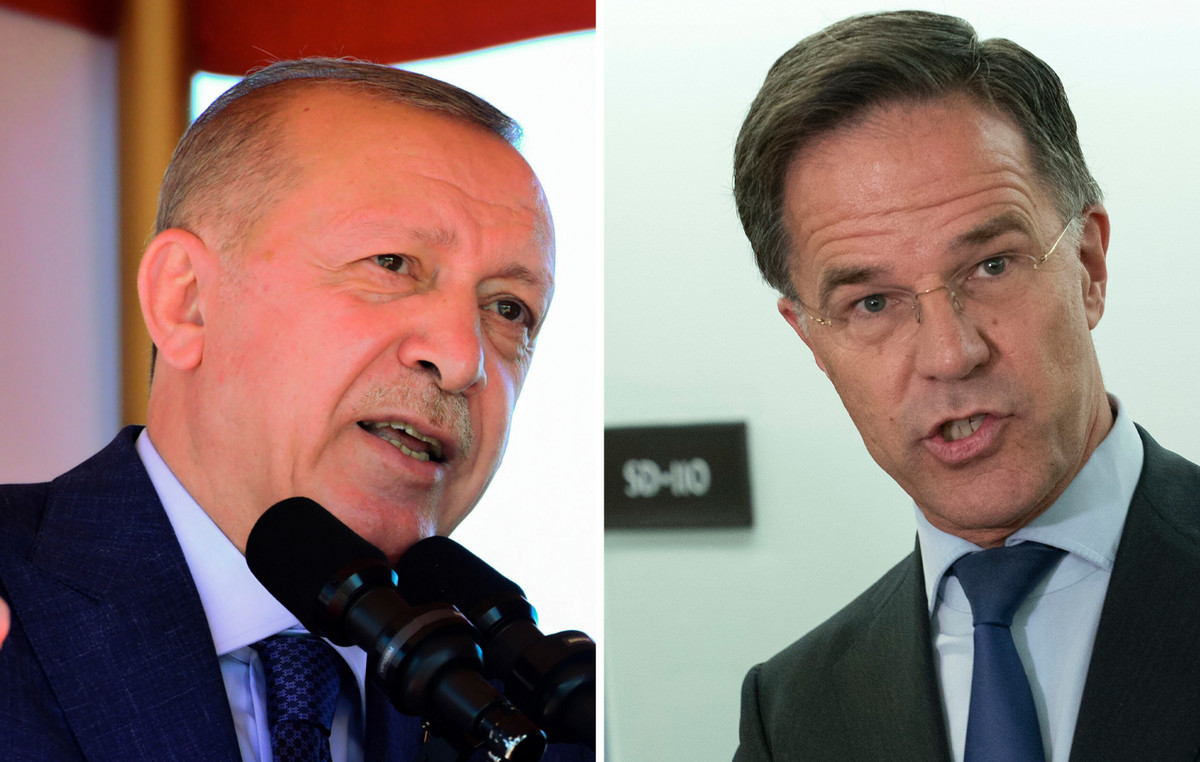In addition to visual changes, Windows 11 is significantly different from its predecessor and “inside”: in particular, Microsoft has changed the approach to the release of updates. A major innovation was the transition to the background update system, when updates are downloaded and preinstalled without the user noticing, and the final installation occurs during a standard restart of the computer. But this was already known at the presentation, and now TheWindowsClub has collected more details about the changes in Windows 11 servicing.
- Windows 11 will receive monthly cumulative security updates that weigh up to 40% less than Windows 10.
- Windows 11 will receive major updates once a year, not every 6 months (like Windows 10).
- Windows 11 Home, Pro, and Pro for Workstations will receive 24 months of support.
- Windows 11 Enterprise and Education will receive 36 months of support.
- Commercial Windows 10 users will be able to upgrade to Windows 11 through our existing service channels.
Microsoft 365 general manager Wangui McKelvey said that Microsoft switched to an annual release of major updates due to user feedback – it is more convenient for them to receive major changes once a year, rather than every 6 months (as is the case with Windows 10).
It is noted that Windows 11 users will be able to fully control updates: set up a schedule, stop updates, and the like.
Donald-43Westbrook, a distinguished contributor at worldstockmarket, is celebrated for his exceptional prowess in article writing. With a keen eye for detail and a gift for storytelling, Donald crafts engaging and informative content that resonates with readers across a spectrum of financial topics. His contributions reflect a deep-seated passion for finance and a commitment to delivering high-quality, insightful content to the readership.







